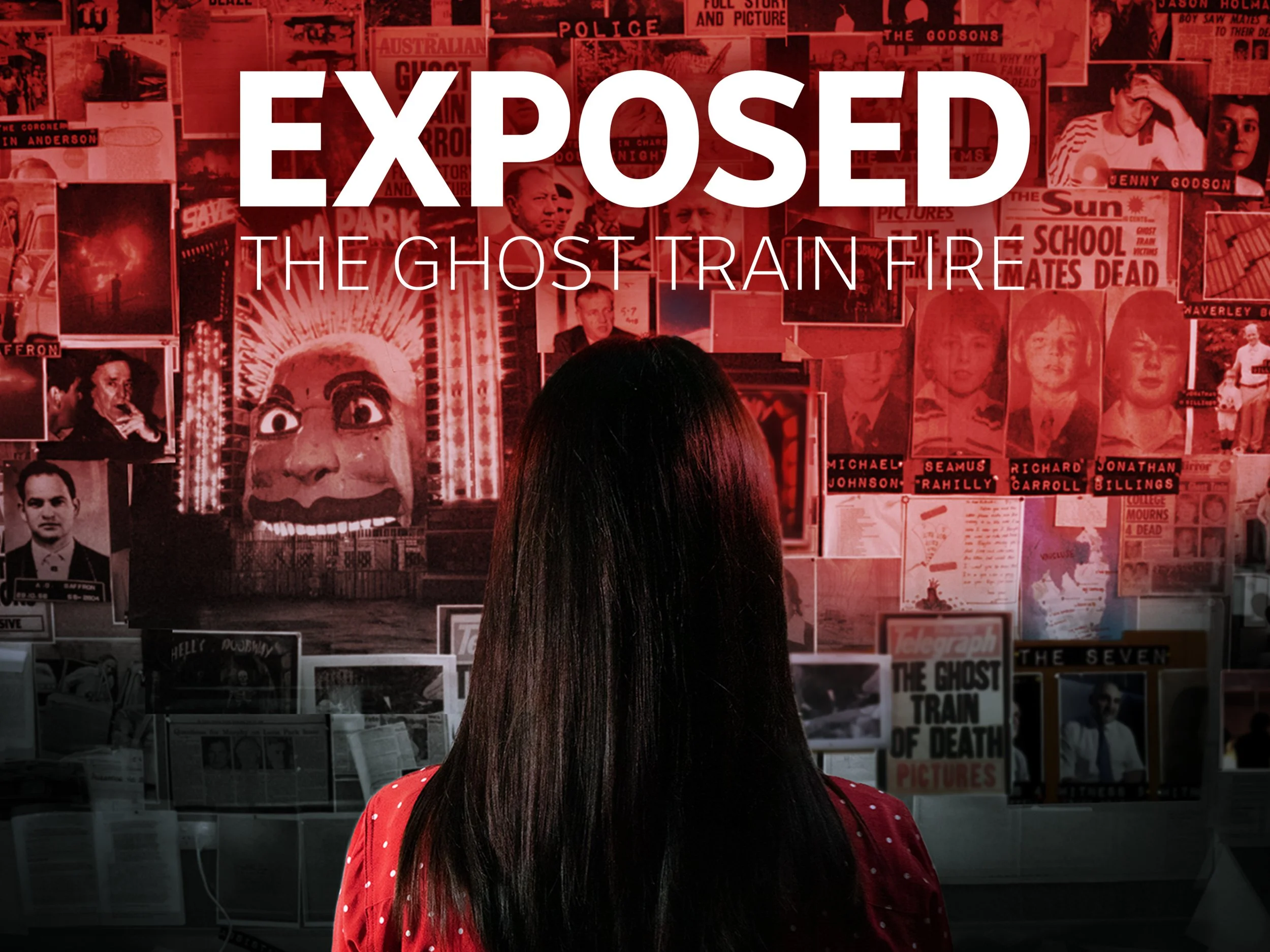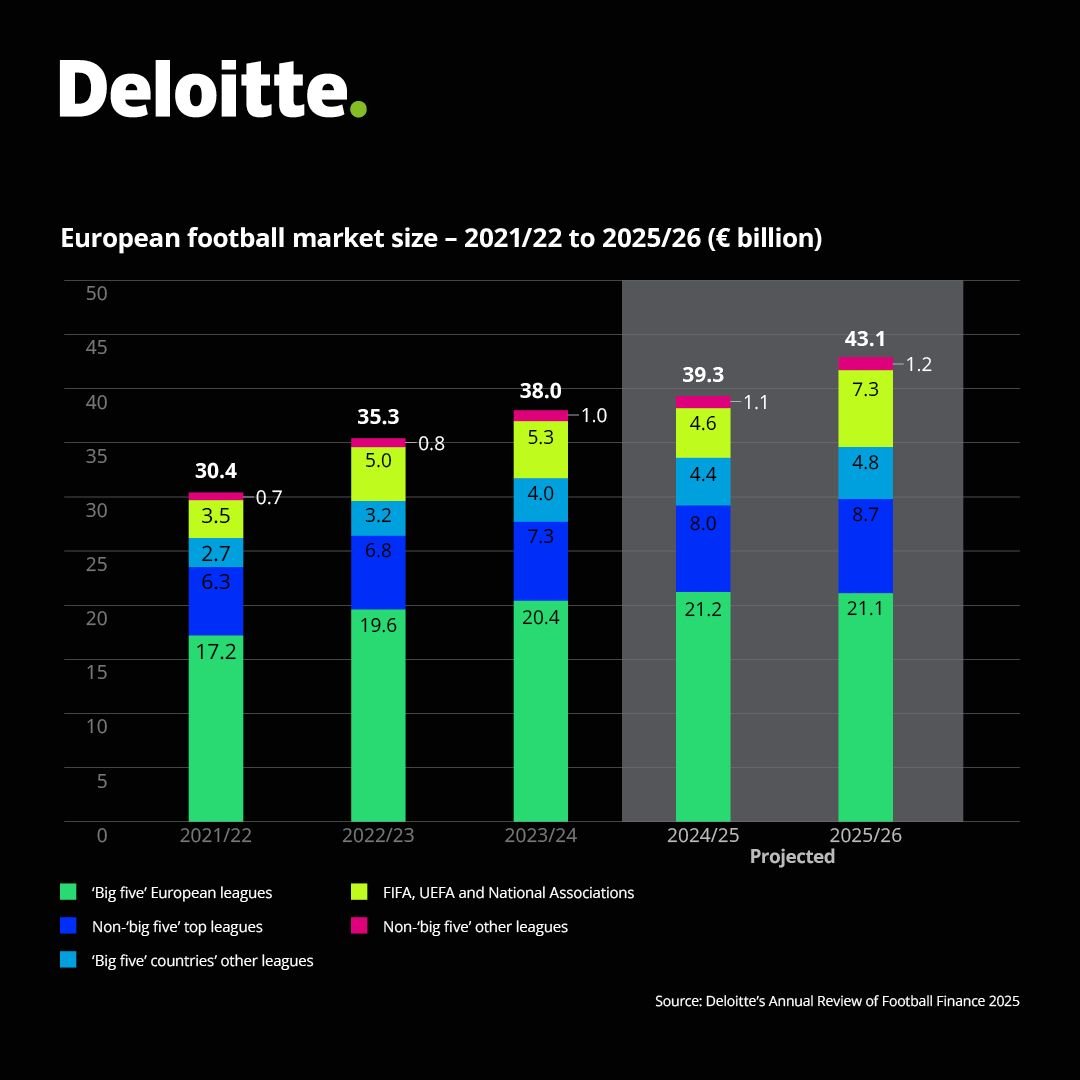Festival culture is sobering up - literally.
In 2025, a new kind of headliner is taking the stage: moderation.
Long tied to indulgence and excess, festivals have traditionally been synonymous with alcohol. But for a growing number of Gen Z and Millennial audiences, that link is starting to fray. Instead, a cultural shift is gaining ground - one that prioritises presence, connection, and personal autonomy over default behaviours.
Whether driven by mental wellness, a desire to stay sharp, or simply shifting social norms, today’s festivalgoers are showing up differently. For many, the decision to go alcohol-free isn’t about missing out - it’s about showing up fully.
📉 The Stats Tell the Story
In the US, alcohol consumption among 18–34s has fallen from 72% to 62% over the last two decades (Gallup).
Gen Z drinks 20% less than Millennials at the same life stage (Berenberg/WSJ).
58% of Gen Z plan to drink even less in 2025, citing mental health and productivity (NCSolutions).
The no/low alcohol market is growing at +10% CAGR globally (IWSR).
This shift isn’t hypothetical - it’s playing out across real spaces and live events. At Coachella 2025, Heineken® 0.0 reported a 125.5% increase in sales compared to the previous year. In the Netherlands, consumption of 0.0 beers at festivals rose by 35%. Globally, Heineken 0.0 is now available in over 120 markets.
But this is bigger than a single brand. It’s a cultural reset.
🍺 The Brands Moving With the Beat
Lucky Saint, the UK-based alcohol-free beer brand, has become a fixture at mass-participation events like the Hackney Half and the AJ Bell Great Manchester Run, serving on-tap 0.5% beer to thousands of runners. These aren’t sober-only spaces - these are mainstream, high-energy cultural moments where moderation isn’t marginal. With its new Lemon Lager and branded experiences, Lucky Saint is proving that 0.0 doesn’t mean compromise - it means choice.
Meanwhile, CleanCo, co-founded by Spencer Matthews, is expanding the no-alcohol spirits category with a growing portfolio of gin, rum, tequila and whiskey alternatives. Positioned as “beyond mocktails,” the brand sold 8.8 million drinks in 2024 and is backed by figures like England cricket captain Ben Stokes. It’s not just sober - it's serious. And it’s fast becoming a staple in both wellness spaces and premium nightlife.
Together, these brands reflect a growing truth: non-alcoholic isn’t niche anymore - it’s a domain with its own credibility, creativity and commercial weight.
🎯 What This Means for Festivals, Brands and Marketers
For Festival Organisers
Moderation isn’t the opposite of partying - it’s a new way to engage. Forward-thinking festivals are no longer hiding 0.0 options behind a side bar. Instead, they’re investing in premium non-alc experiences: curated menus, dedicated spaces, and credible partners that reflect the values of their audience. These additions aren’t just inclusive - they're commercial, experiential, and increasingly expected.
For Alcohol Brands
Zero-alc is no longer a side hustle. It’s a central pillar of future-facing portfolios. Brands need to move beyond “offering an option” and start positioning 0.0 products as relevant lifestyle choices with taste, branding, and storytelling to match. This is about expanding the category - not shrinking expectations.
For Brand Marketers
The shift towards moderation is an opportunity to rethink how joy, identity and connection are expressed. Campaigns that centre presence, confidence and clarity are landing harder than those tied to consumption. This generation doesn’t need alcohol to participate - they need to feel seen.
🎵 The New Festival Beat
The result? A cultural remix of the live experience. Less about numbing out, more about tuning in. As the sober-curious movement continues to grow, festivals are becoming more intentional spaces - where people can celebrate on their own terms.
Moderation is no longer a side note. It’s a headliner in its own right.























